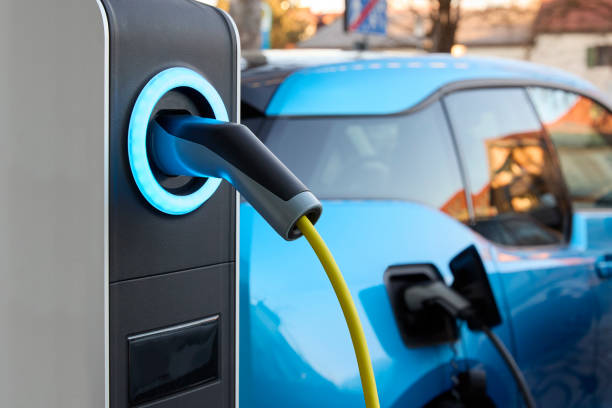The Challenges of Implementing Electric Vehicle Infrastructure in Rural Areas
Electric vehicles have gained popularity recently due to their environmental benefits and cost savings. However, one of the challenges of implementing electric vehicle infrastructure is in rural areas. Unlike urban areas, rural areas often have limited access to charging stations and may not have the necessary infrastructure to support electric vehicles. This article will discuss the challenges of implementing electric vehicle infrastructure in rural areas.

Limited Access to Charging Stations
One of the main challenges of implementing electric vehicle infrastructure in rural areas is the limited access to charging stations. Unlike urban areas, where charging stations are becoming increasingly common, rural areas often have few or no charging stations. This can be a significant barrier to electric vehicle adoption, as drivers may not feel comfortable traveling long distances without the assurance of being able to charge their vehicle.
High Infrastructure Costs
Another challenge of implementing electric vehicle infrastructure in rural areas is the high infrastructure costs. Building charging stations and other necessary infrastructure can be more expensive in rural areas, as there may be fewer potential customers to share the costs. Additionally, installing charging stations in remote locations can be challenging due to the need for electrical infrastructure and other support systems.
Range Limitations
Electric vehicles typically have a limited range, which can be challenging in rural areas where distances between charging stations may be more significant. This can be particularly problematic for drivers who need to travel long distances, such as those living in rural areas who must commute to work in urban areas. While advancements in battery technology have improved the range of electric vehicles, they still have limitations. Rural drivers may need to carefully plan their routes to ensure they can make it to the next charging station.
Lack of Awareness and Education
A lack of awareness and education about electric vehicles can also be challenging in rural areas. Many rural people may be unfamiliar with electric vehicles and their benefits and may be hesitant to adopt them. Additionally, some may not have access to reliable information about charging stations and other necessary infrastructure. Educating rural communities about electric vehicles and the infrastructure needed to support them can help to increase awareness and adoption.
Policy and Regulation
Finally, policy and regulation can also challenge the implementation of electric vehicle infrastructure in rural areas. Governments and policymakers may not have developed policies or regulations to support electric vehicle adoption in rural areas, which can hinder the development of necessary infrastructure. Additionally, regulations related to building codes and permitting processes can vary by region and be more complex in rural areas.
Implementing electric vehicle infrastructure in rural areas presents several challenges, including limited access to charging stations, high infrastructure costs, range limitations, a lack of awareness and education, and policy and regulation. Overcoming these challenges will require collaboration between governments, private companies, and local communities to ensure that rural areas have the necessary infrastructure to support electric vehicle adoption. By addressing these challenges, rural communities can benefit from the cost savings and environmental benefits of electric vehicles and contribute to developing a sustainable transportation system for the future.


